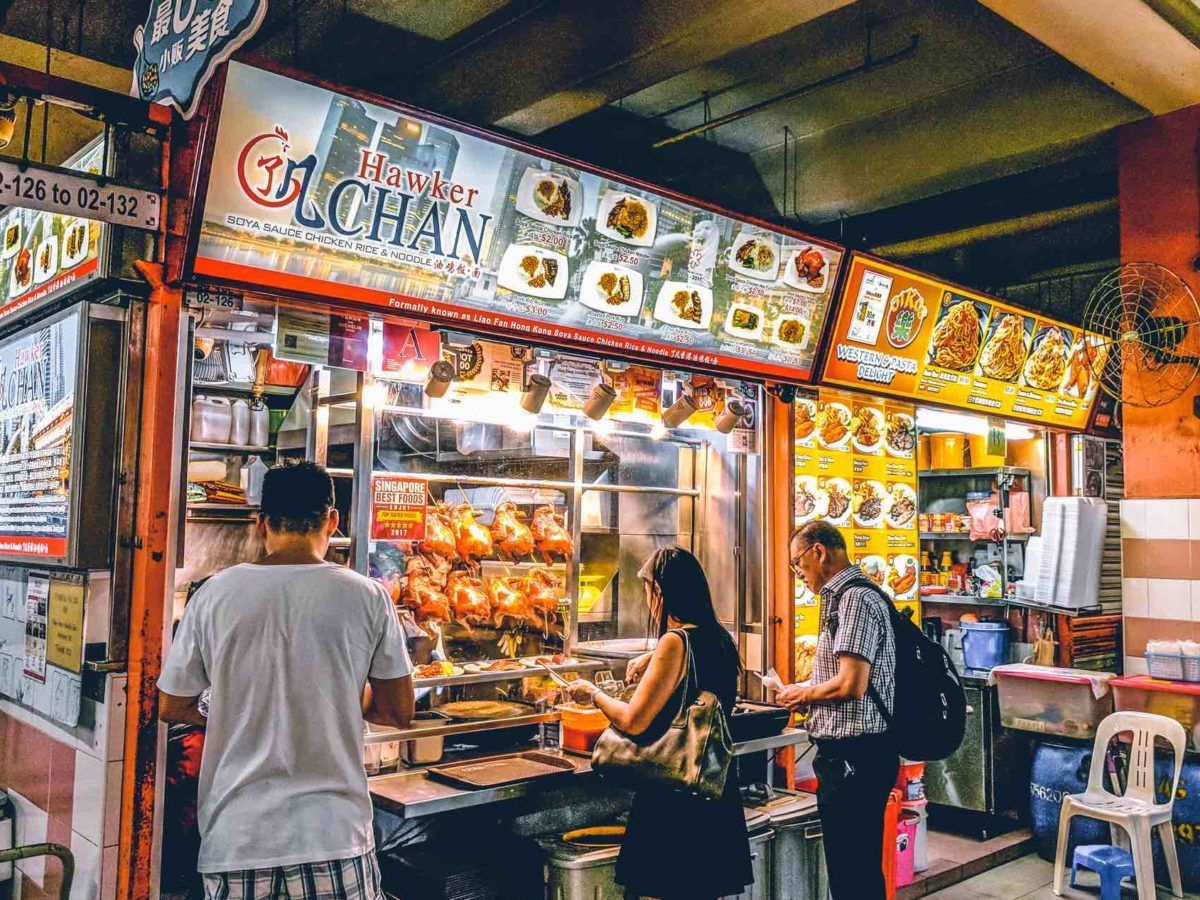
How to boost profits using CRM at your salon?
In the beauty and wellness industry, where customer loyalty is paramount, leveraging member rewards programs can be a transformative strategy. This guide is crafted specifically for beauty and wellness salons, providing insights into the role of Customer Relationship Management (CRM) in maximizing profits through strategic member rewards initiatives.
The Salon Industry Dynamics
In an industry fueled by personalized experiences, member rewards programs take center stage. Understanding the unique dynamics of the salon industry is essential for creating a loyalty program that not only attracts new clients but also cultivates enduring relationships with existing ones.
The CRM Advantage
Introducing CRM into your salon is like having a personal assistant dedicated to each client. CRM systems allow salons to gather and analyze client data, preferences, and appointment history, providing a foundation for tailoring personalized member rewards.
Crafting a Customer-Centric Loyalty Solution
Unveil a loyalty solution that seamlessly integrates with the services and values of your beauty and wellness salon. Whether it's a points-based system, exclusive access to premium services, or personalized discounts, align the program with the unique needs of your clientele.
Personalization through CRM: Elevating the Salon Experience
CRM takes personalization to a whole new level. By leveraging CRM data, beauty and wellness salons can personalize promotions, discounts, and exclusive offers based on individual client preferences. This not only enhances the customer experience but also strengthens the emotional connection between the salon and its clients.
Effective Communication Strategies with CRM
CRM systems empower salons to communicate effectively with clients. Utilize CRM data to send targeted messages, updates on loyalty points, and exclusive offers through various channels such as email, SMS, and social media. Consistent communication keeps your salon top-of-mind and encourages active participation in the member rewards program.
Promoting Member Benefits
Ensure your clients are well aware of the benefits they can enjoy as members of your beauty and wellness salon. Leverage CRM insights to showcase personalized benefits, creating a sense of exclusivity and value. Transparent communication about member benefits is essential for attracting and retaining a loyal customer base.
Measuring Success with CRM
Implement CRM analytics to measure the success of your member rewards program. Track key metrics such as customer retention rates, average transaction values, and overall profitability. The data-driven insights from CRM allow salons to adapt and refine their loyalty solution, ensuring it evolves in sync with changing consumer preferences.
Conclusion
In conclusion, the synergy of CRM and member rewards programs can elevate the success of beauty and wellness salons. By incorporating CRM into loyalty initiatives, salons can personalize the client experience, effectively communicate benefits, and ultimately drive increased profits. Stay adaptable, measure success through CRM analytics, and continuously refine your strategies to ensure a thriving member rewards program that significantly contributes to the bottom line of your salon.
Looking for a CRM solution for your salon? Click here to find out more about MINTY CRM Solution!
Interested in a CRM Based POS System, QR ordering or a standalone CRM membership system?
Send an Enquiry!
We will get back to you as soon as possible
Please try again later
You might also like


Location
160 Robinson Road SBF Center #26-02
Singapore 068914
Call
(+65) 6224 5788
WhatsApp Us
Click here to WhatsApp us

Navigation
Operating Hours
- Mon - Fri
- -
- Sat - Sun
- Closed
All Rights Reserved | Megasafe Technology Pte Ltd
